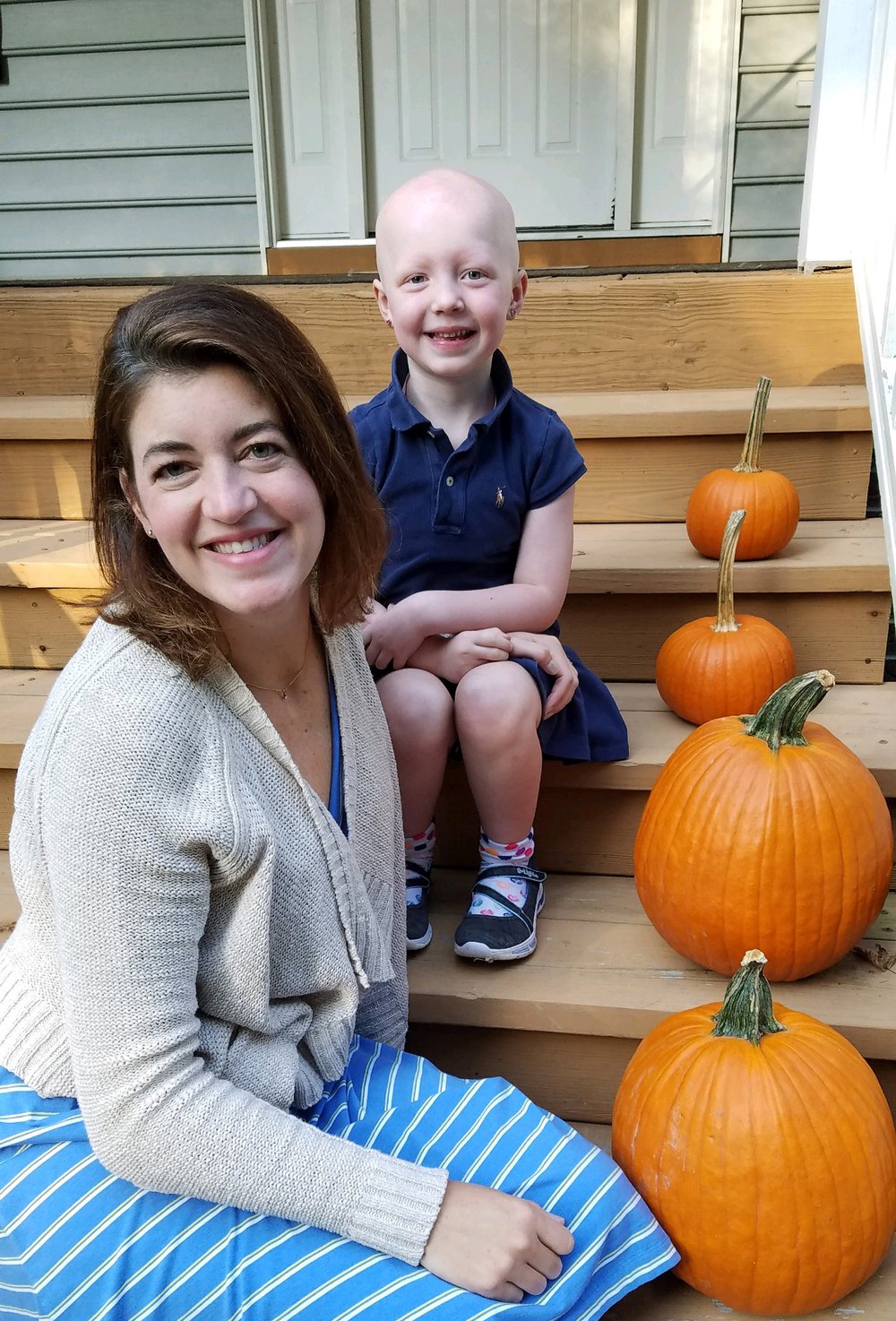As we close out September and Alopecia Awareness Month, we're shedding some light on alopecia areata. Our scientist in residence, Dr. Catherine Franssen, is familiar with this medical condition. Using both her personal experience and scientific knowledge, she's compiled information to help others better understand alopecia areata.
Alopecia areata is an autoimmune disorder. The immune system targets hair follicles in the anagen (growing) phase and switches them to the telogen phase, where the normal cycle of a hair ends. Normally that growth cycle lasts between 2 and 7 years.
Alopecia areata most commonly presents as smooth circular patches of hair loss on the scalp, but can also occur anywhere you have hair, such as eyebrows, eyelashes, beard and extremities. For most people, alopecia areata is intermittent hair loss, and hair may grow back in 6 to 12 months and be lost again (relapsing and remitting). Extreme forms of alopecia areata can include the total loss of scalp hair (alopecia totalis) or all hair (alopecia universalis).

Museum scientist in residence Dr. Catherine Franssen and her daughter, Gwen
Hair loss from alopecia areata is distinct from the many other causes for hair loss, including hormonally mediated hair loss like male pattern baldness.
Medical scientists are working to understand why the immune system attacks the hair follicles, and it seems to have both genetic and environmental factors. Alopecia areata is polygenic, meaning there are multiple genes involved in its development and expression. Over 2 dozen genes have been implicated so far, including many involved in autoimmune diseases such as inflammatory bowel disease, multiple sclerosis, psoriasis and Type 1 diabetes mellitus.
Alopecia areata affects 2 percent of people at some point in their lifetime, which is about 1 in 50. That is 6.8 million people in America and 147 million people worldwide. Alopecia areata affects people of every age, race and gender.
If it is so common, why don’t we know more about it? People with alopecia areata often can style their hair to cover the hair loss. Only about 7 percent of people affected will experience prolonged or extensive hair loss.
The average age of alopecia areata diagnosis is 25, and children as young as one have been diagnosed. Eighty percent of people with alopecia areata will experience hair loss before they are 40, and nearly 40 percent will experience it before age 20.
Triggers that can initiate a hair loss cycle can include emotional or physical stress (like bereavement or injury), illness (especially with high fever), vaccinations, drugs and more. These don’t cause hair loss, but for someone who has alopecia areata they can set off the immune system response leading to hair loss. For some, they never notice a trigger.
If you suspect you or a family member might have alopecia areata, the best course of action is to visit a family doctor or general practitioner, a dermatologist, endocrinologist and/or rheumatologist. It is often helpful to have advice and testing conducted across several specialties to better understand your options.
Alopecia areata has no prevention and no lasting treatments. Most treatments work by diverting the immune response – often with extensive injections of corticosteroids or applications of topical creams on rigorous schedules – and these can last for intermittent periods of time, although hair typically is lost again.
While some people promote homeopathic and naturopathic lifestyle choices, and new experimental treatments are being explored, since alopecia areata is relapsing and remitting without intervention it’s difficult to assess the efficacy of these options. Without scientifically valid treatments, most people with alopecia areata are left with the repercussions of hair loss.
Individuals with alopecia areata are otherwise healthy. The main concerns are mental health disorders. Research suggests that physical activity may help ameliorate depression, anxiety and other mental health issues of those with alopecia areata. As celebrities, politicians, models and others share their experiences with alopecia areata publicly, perhaps there will be a reduction in the social stigma associated with hair loss, and that may play a role in the incidence of mental health disorders in those with alopecia areata.
The Museum is hard at work helping you to discover your world despite dramatically reduced financial resources. If you'd like to help us continue this work, click here to learn how.


